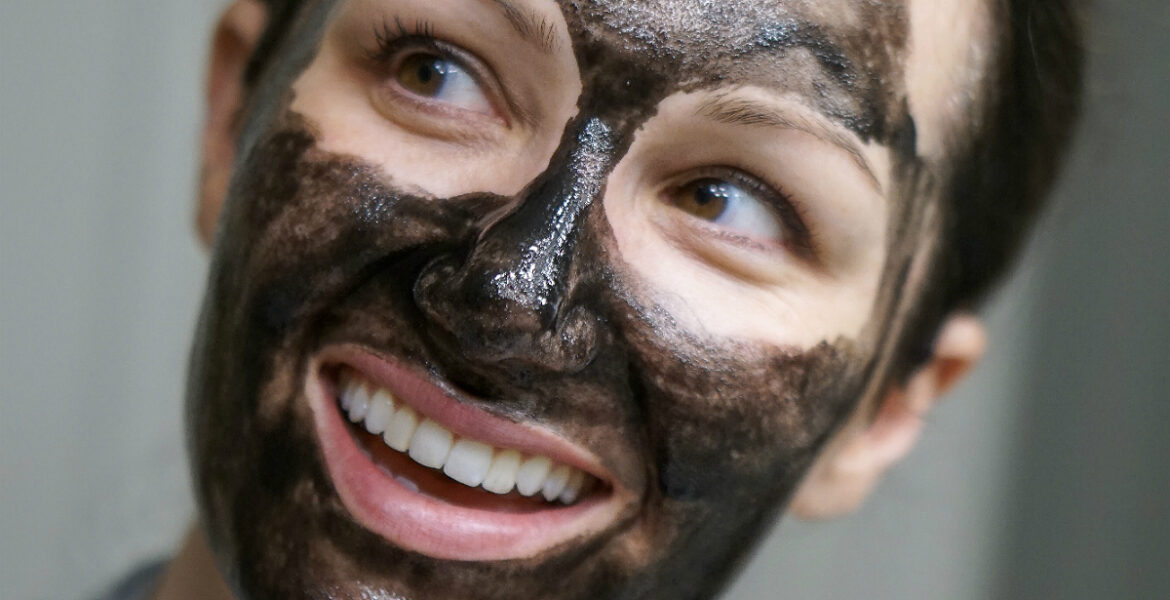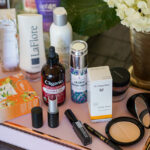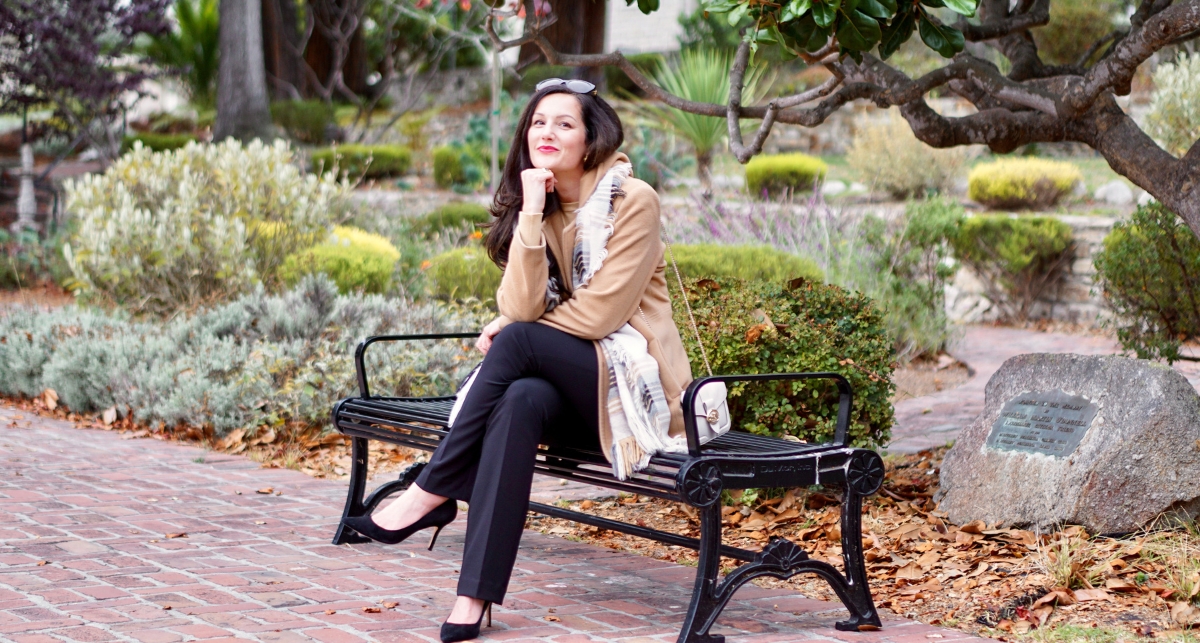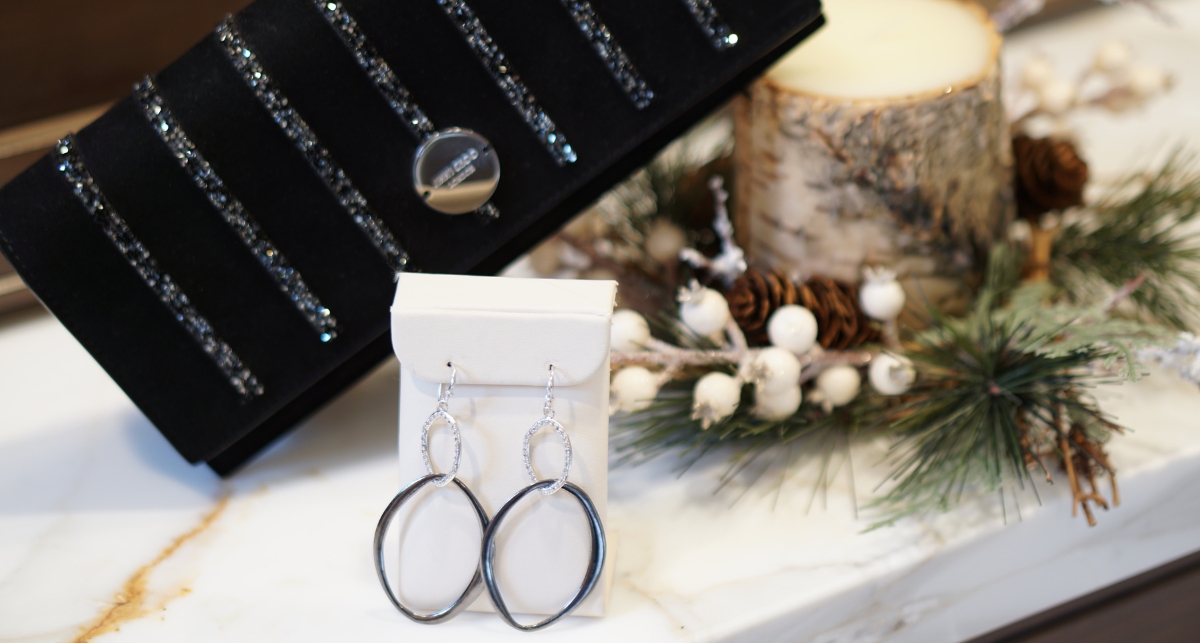Beautiful, blemish-free skin takes effort. From using the right skin products to sticking to a great daily skincare regimen, if you want to heal acne flare-ups and prevent future breakouts, then you need to know what to do. To help you get clear skin, today’s anti-acne skin guide shares a simple 5-step anti-acne skincare regimen plus 10 expert tips from Dermatologist and skincare specialists.

Step 1: Cleanse Daily
The first step in any anti-acne skincare regimen is to thoroughly cleanse your skin every day.
This is especially important when you wear makeup, sweat (as a result of working out), or spend time outdoors (where environmental toxins can pollute your pores).
If you have sensitive skin, consider using a probiotic cleanser (a few of my faves are LaFlore Probiotic Cleanser and BeBe & Bella Probiotic Facial Cleanser), as this can help balance the pH levels in your skin and combat acne-causing bacteria. As an alternative, you can use an anti-acne cleanser that deeply cleanses and clarifies skin (like Juice Beauty Blemish Clearing Cleanser or Clean & Clear Morning Burst Facial Cleanser).
While cleansing daily is a must, it’s also important to use a clean towel to dry skin. Dr. David Bank, a Board-certified Dermatologist and Founder of The Center For Dermatology, Cosmetic & Laser Surgery says, “If you do have acne, it’s important to wash your facecloth often. Otherwise, you are simply wiping dirt, oil, grime, and makeup on freshly washed skin over and over again which is a breeding ground for acne.”
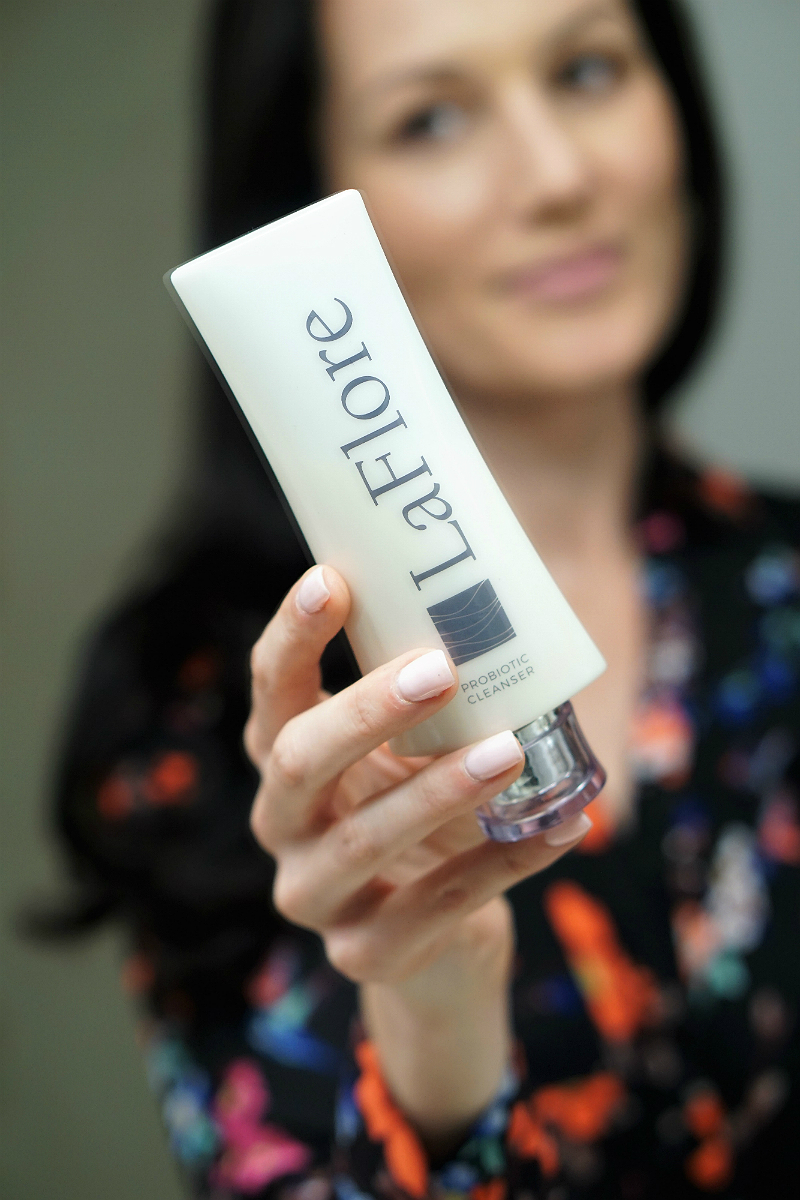
Step 2: Exfoliate Regularly
One of the reasons why we get zits is because sebum or dirt gets trapped in the pores, which get clogged when dead skin cells aren’t sloughed away. That’s why it’s helpful to exfoliate 2-3 times per week.
You can use a sonic cleansing device (like Clarisonic Mia Sonic Cleanser or Michael Todd Beauty Soniclear Elite) to help exfoliate skin. Or you can opt for a chemical-based exfoliant, such as an alpha-hydroxy acid based product (like Allure award-winner Drunk Elephant T.L.C. Sukari Babyfacial).
When you get acne flare-ups, it’s advisable to steer clear of granular scrubs, as these can damage skin and exacerbate your problem. You’re better off sticking with gentler methods of exfoliation, like the ones listed above.
Kerry Benjamin, an aesthetician and the creator of StackedSkincare says, “It’s very important to exfoliate weekly to slough off dead skin. Without exfoliation, you have sebum (oil) and dead skin trapped below dead skin in your follicles, and this leads to the acne-causing bacteria and ultimately, breakouts. A light weekly peel will give you greater exfoliation and other benefits than a scrub, including reducing hyperpigmentation and scarring, hydrating, and speeding up cell turn over. Also, peels are gentler than scrubs, for those with sensitive skin, peels are a better option as they are not abrasive. If you prefer to use a scrub, I recommend using it 2-3 times a week. I prefer to keep it in my shower, it’s easier to rinse off. For a deeper exfoliation, use a scrub with your Clarisonic.”
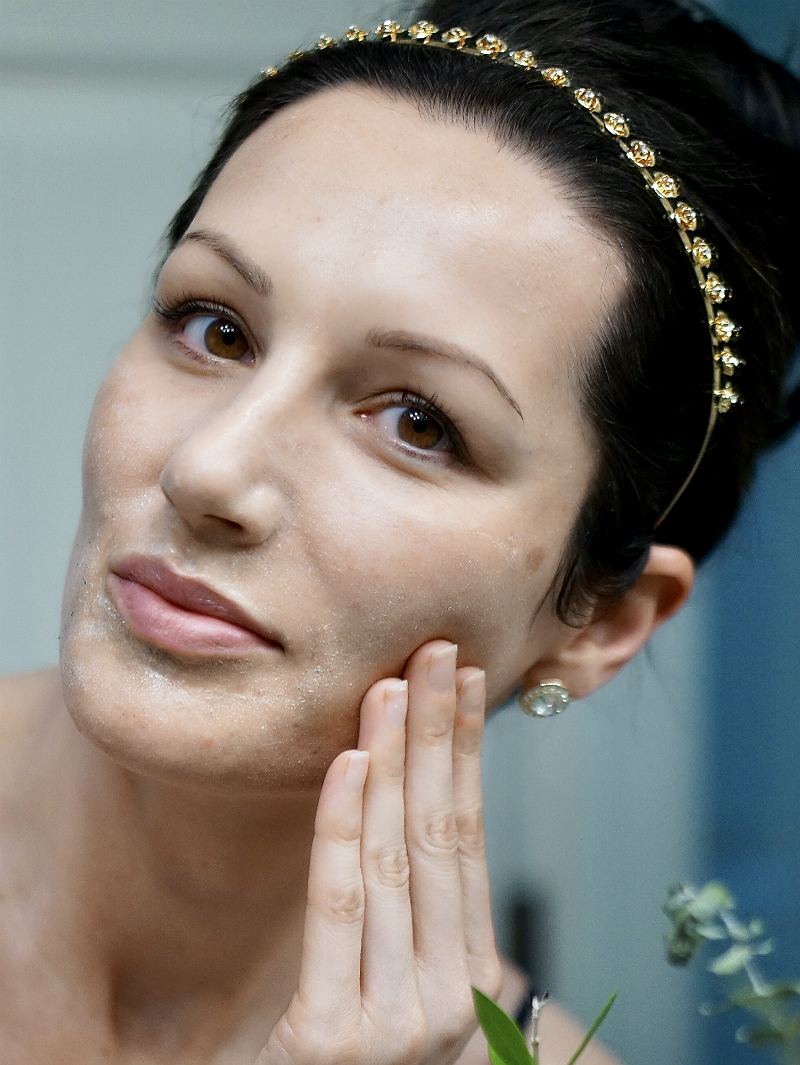
Step 3: Spot Treat Breakouts
From blackheads to blemishes, doing a daily spot treatment and a weekly mask can work wonders for your skin.
Generally, we get breakouts on certain parts of the face. In this case, a spot treatment (as shown below) can be helpful, as it focuses on treating the existing breakout rather than being applied to the rest of the face. Using salicylic acid, glycolic acid or benzoyl peroxide products (I especially like Kiehl’s Breakout Control Lotion) can help treat existing breakouts while helping to prevent future flare-ups.
Dr. Alan J. Parks (a Board-certified Dermatologist and the Founder of DermWarehouse) says, “Glycolic acid is better for pimples, (whereas) salicylic acid is best for whiteheads and blackheads. Products containing benzoyl peroxide are very effective for mild acne.”
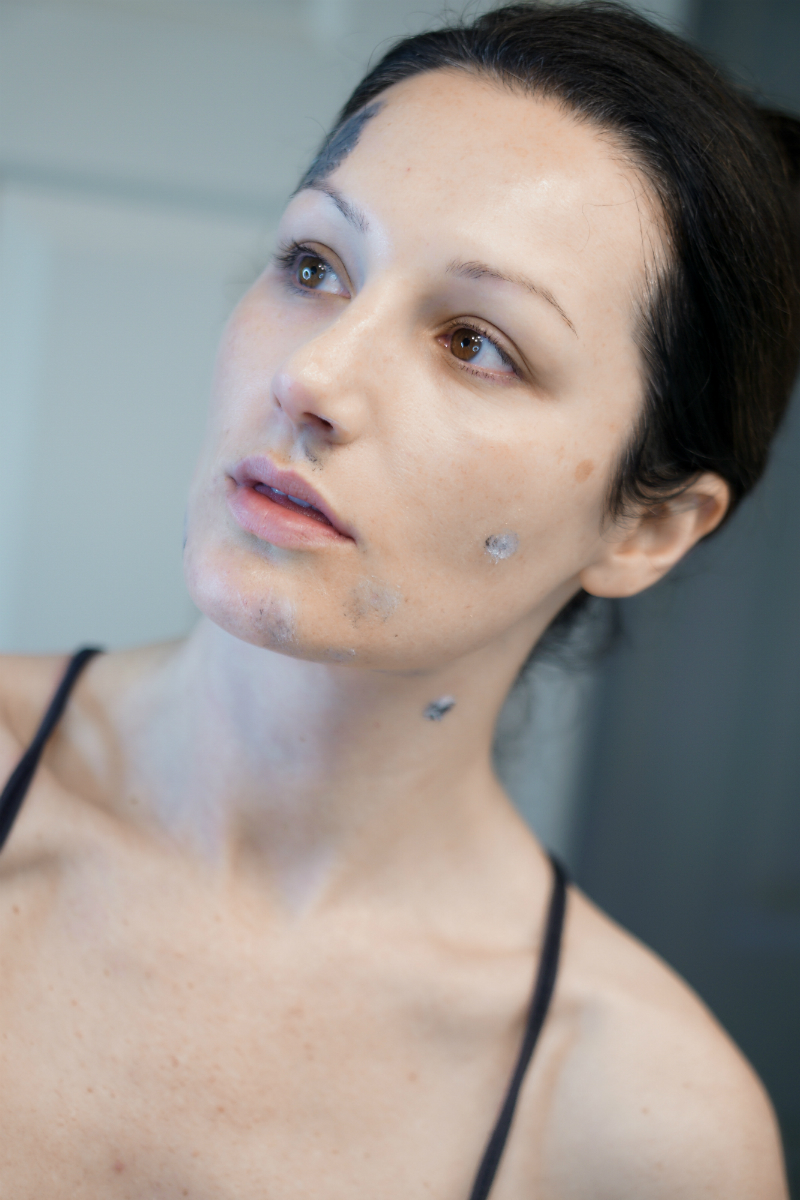
Step 4: Do a Weekly Mask
In addition, a weekly anti-acne face mask, such as a detoxifying charcoal-based skin product (one of my faves is the Boscia Charcoal Mask) can help zap up extra oil and pure the pores of acne-causing toxins.

Step 5: Moisturize & Protect Skin
Even if your skin is oily, you need to keep it hydrated and protected. That’s why it’s helpful to use an oil-free moisturizer with SPF (a couple of my faves are Purlisse Pur-Protect SPF 30 Essential Daily Moisturizer and Neutrogena Oil-Free Daily Moisturizer with Broad Spectrum SPF 35 Sunscreen).
By keeping skin properly moisturized, you help prevent it from getting too dry. When skin doesn’t have enough hydration, your natural sebum-production increases (which often results in more breakouts). Plus, you always want to protect your skin from the harmful rays of the Sun, so wearing daily sunscreen is imperative.
Kerry Benjamin further expounds on this point by saying, “Even if you feel oily, you need proper moisture to maintain a healthy lipid barrier and keep your skin acne free. If you don’t moisturize, your oil glands will go into overdrive and produce more oil, causing an even worse breakout.”
Dr. Bank goes on to say, “Contrary to popular belief, sunbathing is the worst thing you can do if you have acne so if you’re looking for your acne to improve, don’t sit in the sun. The initial, temporary drying effect and the blemish concealing tan will fool you – UV rays actually stimulate oil production and thicken the outer layer of your skin which blocks pores and leads to more breakouts. Yes, the sun does act as a drying agent and a tan helps camouflage pimples. However, too much sun can potentially backfire as ultraviolet light stimulates sebaceous glands and causes the skin to thicken up.”

In addition to a great anti-acne skin regimen, it’s also important to be mindful of other factors that might cause breakouts, including stress, repetitive actions (like picking at skin), and diet.
Allison Tray the Founder of Tres Belle Medi-Spa says, “Eliminate dairy from your diet: dairy is a food product full of hormones and ingredients that can cause inflammation. It may actually stimulate the oil production and your skin which in turn can cause the excess oil to clog pores and cause infections under the skin that can turn into blackheads pimples and acne.”
She also recommends regularly washing your pillowcase. “If you are noticing breakouts and have developed acne, sleeping on a fresh surface each night will help. Your pillowcase does not only collect oils from the skin but also from the hair and scalp. Flip your pillow over at night and then turn it inside out, flip again the next night and then change it.”
And she goes on to say, “The more you look at your pimples and worry about them the longer they are going to stay around. Emotional stress can cause breakouts. If you find yourself obsessing over a pimple or a breakout, change your thought behavior and think of something else. You might also find that calming the mind through meditation might help clear up the skin.”
When it comes to diet, Kerry Benjamin also agrees that eliminating dairy can be helpful. She also says, “Try sheep or goat cheese and coconut or almond milk as alternatives. Stay away from processed foods and load up on veggies, antioxidants, and healthy fats like omega 3s. Beautiful skin starts from the inside, so eating foods low in sugar and loaded with vitamins is essential.”
Like any new routine, it’s important to stick with it for several weeks. Dr. Alain Michon (the Medical Director at the Ottawa Skin Clinic) says, “If you are experiencing acne, it is best to visit your doctor or healthcare practitioner to receive guidance on what will work best for your skin. If you pursue a treatment that is too harsh or combines conflicting products, you could actually worsen your symptoms. In general, a treatment plan will likely start with products containing benzoyl peroxide, salicylic acid, or alpha-hydroxy acid. Depending on your skin type and the severity of symptoms, you may also be prescribed a retinoid (cream or oral medication), antibiotics, androgen-blockers, and more. When you are put on a treatment plan, make sure to follow the instructions as prescribed and do not get discouraged if you are not seeing immediate results. Remember that you may not see results for 6 to 8 weeks, so it is important to continue treatment for the duration of the prescribed period to best gauge its effectiveness.”
For more skincare tips and tutorials, check out the Skincare section on Inspirations & Celebrations.
Shop The Guide:

